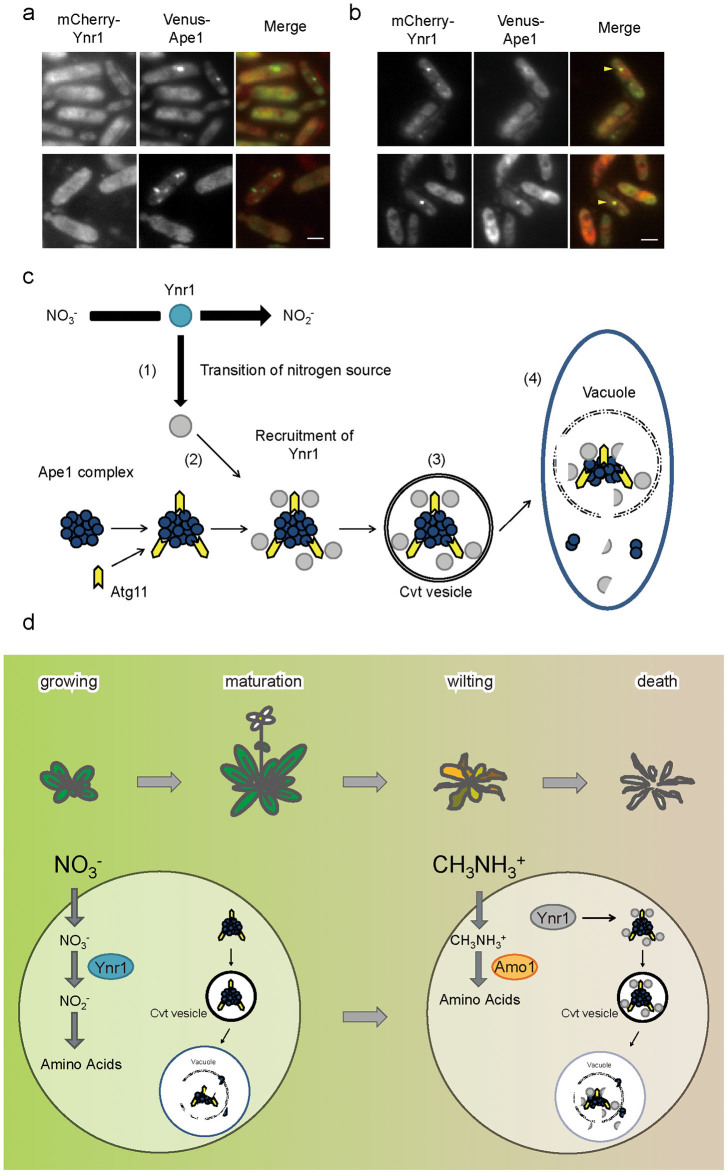Figure 7. Co-localization of mCherry-Ynr1 and Venus-Ape1 in C. boidinii cells inoculated on wilting plant leaves.
(a) and (b) Microscopic images of C. boidinii cells expressing mCherry-Ynr1 and Venus-Ape1 on (a) growing or (b) wilting A. thaliana leaves. Yellow arrowheads indicate co-localization of Atg11-Venus and mCherry-Ynr1. Merged images are combined images of Venus green fluorescence and mCherry red fluorescence images. Bar, 2 µm. (c) Ynr1 turnover on plant leaves via the Cvt pathway. On growing plant leaves, C. boidinii utilizes nitrate as the nitrogen source, and active Ynr1 (blue) catalyzes reduction of nitrate to nitrite. The transcriptional level of YNR1 is adjusted in accordance with the plant's daily light–dark cycle. As the plant gets older, methylamine (and other compounds) leaks from the plant surface and can be used as a nitrogen source by C. boidinii. (1). At this stage, inactive Ynr1 (gray) is recruited to the Ape1 complex (2) in atg11-dependent manner. After sequestration of Ynr1 inside the Cvt vesicle (3), the vesicle fuses with the vacuole, releasing the Cvt body into the vacuolar lumen (4). Released Ynr1 is subjected to degradation. (d) Nitrogen metabolism and regulation of autophagy in the methylotrophic yeast in the phyllosphere. On growing leaves, nitrate can be utilized as nitrogen source. On the other hand, on wilting leaves, methylamine is utilized by C. boidinii and Ynr1 is inactivated, incorporated into the Cvt vesicle with other vacuolar hydrolases, and degraded.

